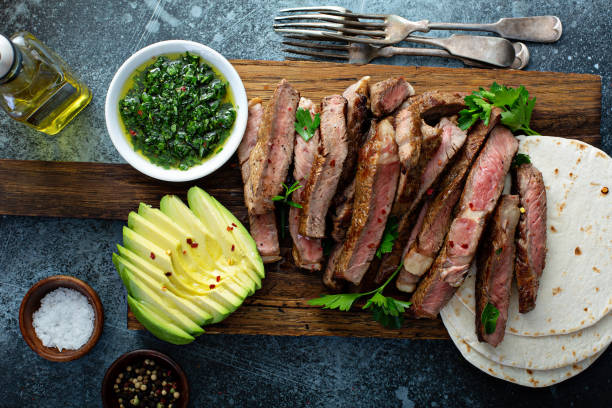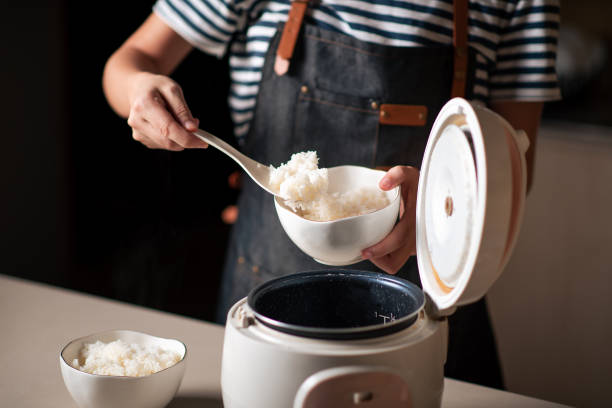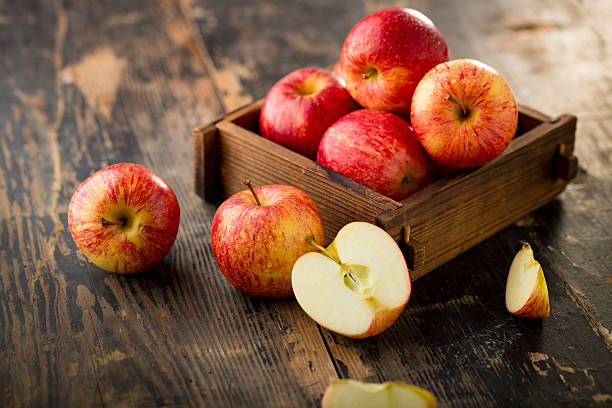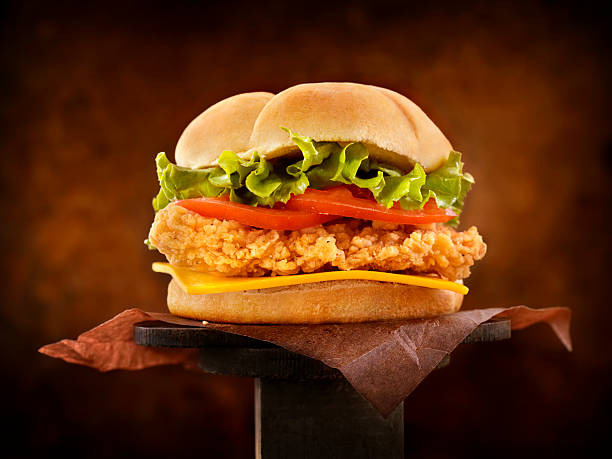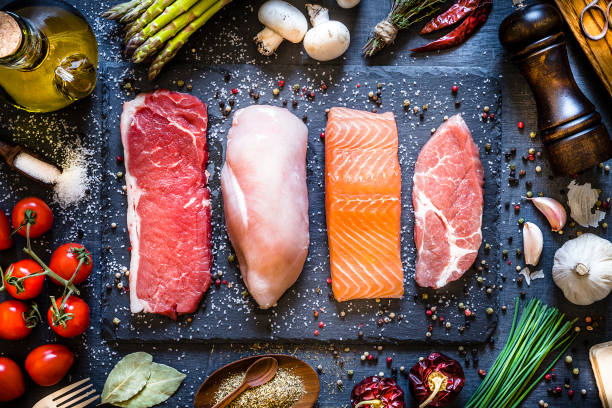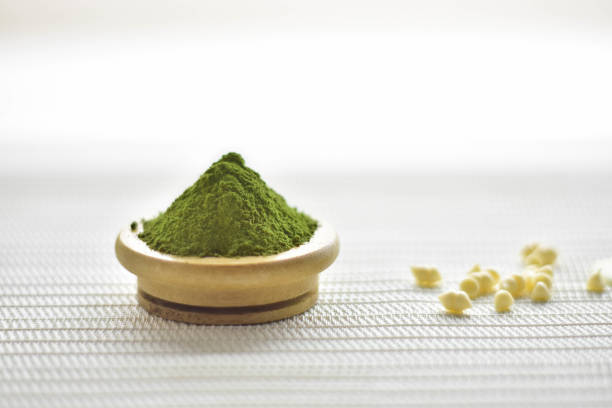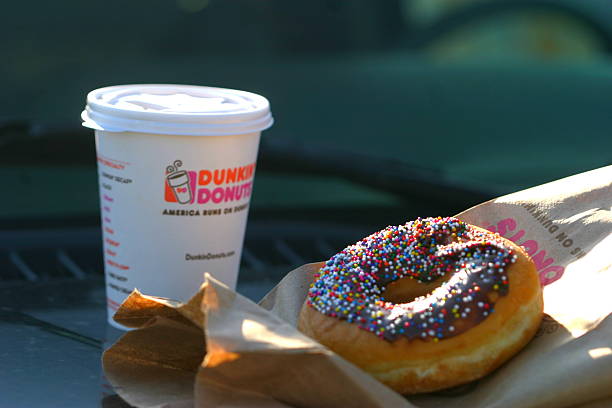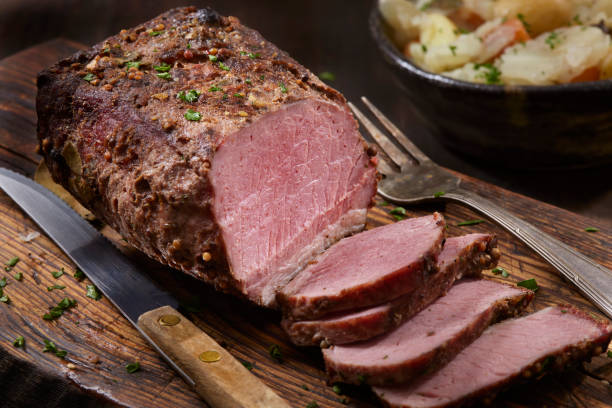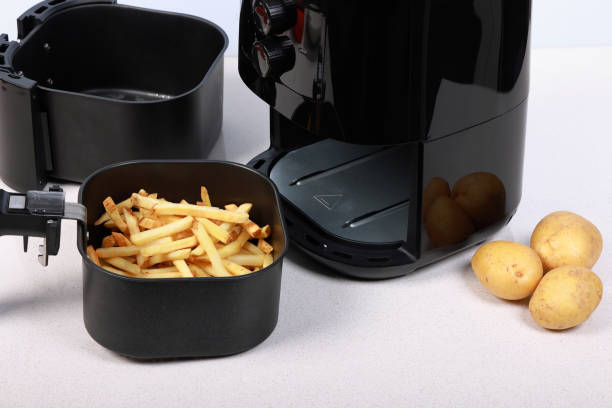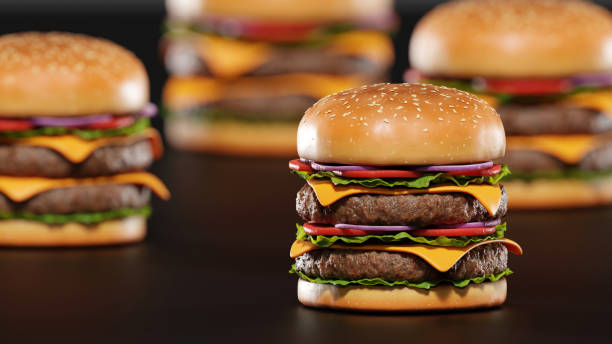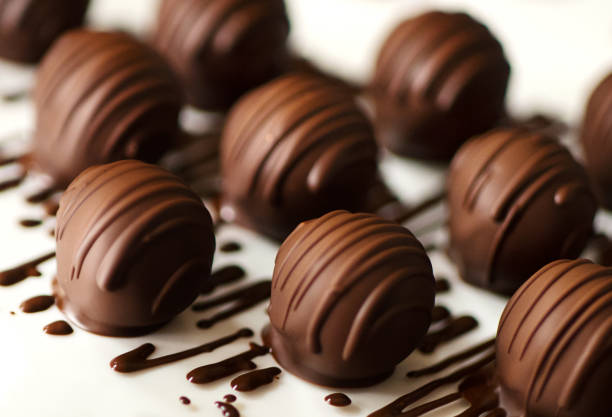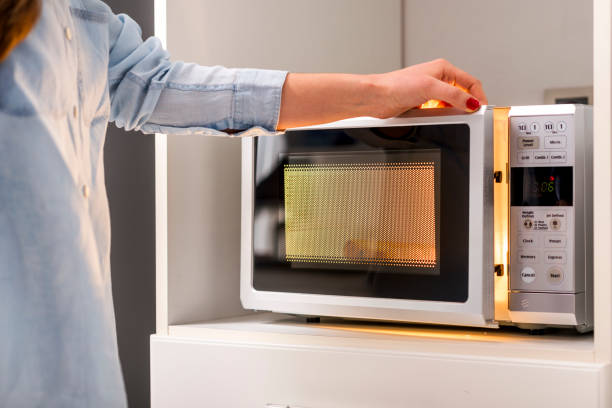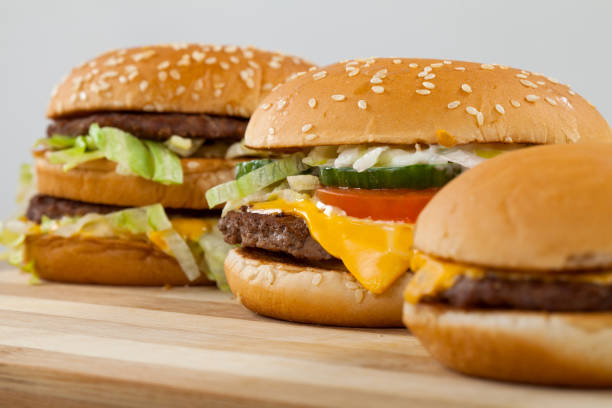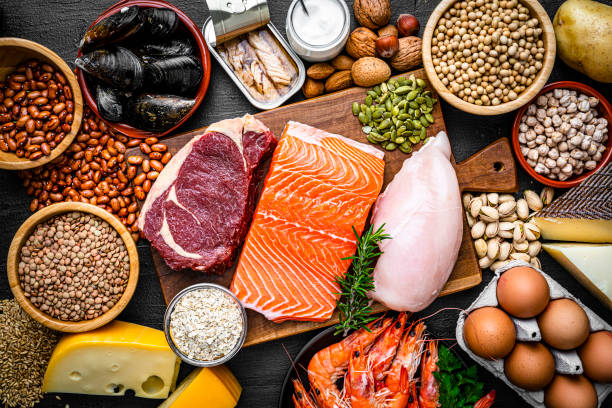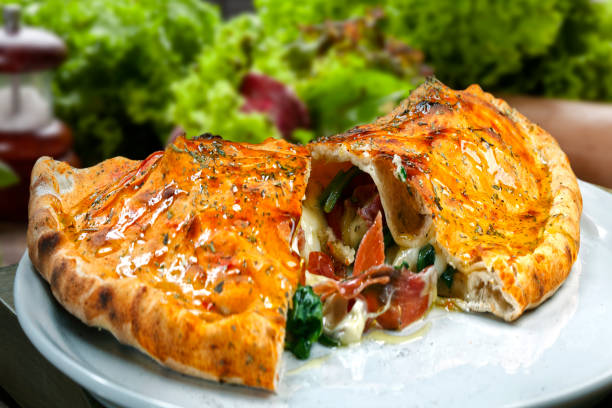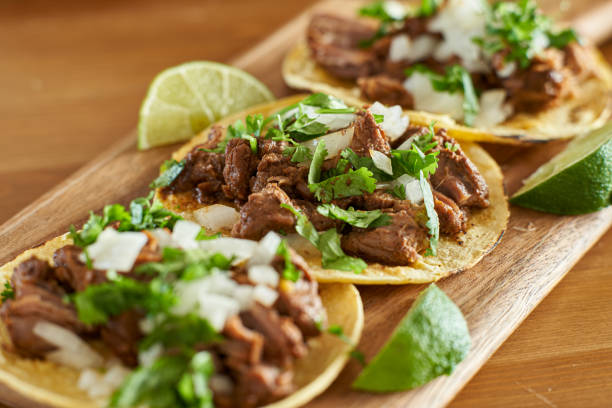In the bustling rhythm of kitchen life, where innovation meets tradition, a question often emerges from the haze of hurried meals and culinary experiments: Can You Put Cardboard In The Oven? This seemingly simple inquiry uncovers a complex intersection of safety, practicality, and culinary creativity. Many of us have faced moments, whether in the midst of unpacking a frozen pizza or considering a makeshift baking tray, where the convenience of sliding cardboard into the oven tempts us. Yet, the implications of such a choice stretch far beyond a mere shortcut in food preparation. In this exploration, we delve into the heart of the matter, examining the risks associated with using cardboard in the oven, from the potential for fire hazards to the unseen dangers of chemical contamination. As we navigate through myths, misconceptions, and the quest for safer alternatives, our goal is to empower home chefs with knowledge, ensuring that every meal is not only delicious but also prepared with the utmost care for safety and well-being.
Overview of Using Cardboard in Ovens
There are several reasons why people may be tempted to use cardboard in their ovens:
- Lack of proper cookware – Using cardboard boxes or sheets in place of baking pans.
- Easy disposal – Some may use cardboard for cooking pizza or s’mores to avoid dirtying pans.
- Improvising oven trays – Folding cardboard to slide under food for easier handling.
- Preparing food storage – Using cardboard to make food storage containers by shaping boxes.
- Children’s projects – Kids may use cardboard for oven crafts like making pizza boxes or drawing art to bake.
While these uses of cardboard in ovens may seem harmless, it is vitally important to understand the dangers involved. Ovens can reach extremely high temperatures that quickly ignite cardboard.
The Combustibility of Cardboard
Cardboard is made from layers of thick paper that are highly combustible and can easily catch fire when exposed to heat. Underwriters Laboratories, an independent safety consulting and certification company, has tested the auto-ignition temperature of cardboard – the point at which it spontaneously bursts into flames without an external ignition source.
The auto-ignition temperature of cardboard is 427°F (219°C).
Most household oven thermostats can reach temperatures between 500-550°F (260-288°C). This means cardboard will quickly ignite once placed inside a preheated oven.
Even ovens set to relatively low temperatures below 427°F are still unsafe, as hotspots in the heating elements can exceed this threshold and ignite nearby cardboard.
Fire Hazards and Prevention
Placing cardboard inside an oven, even briefly, is an extremely dangerous fire hazard. Cardboard can ignite quickly once exposed to oven temperatures, leading to fires that damage property and threaten safety.
Some real-world examples of the fire risks:
- A UK man started a fire in 2018 trying to bake cookies on cardboard. Flames engulfed his oven and kitchen.
- In 2015, an Ohio woman inadvertently started a fire using cardboard to bake cookies, causing $60,000 in damages.
- Children using cardboard for oven crafts or improvised baking have accidentally caused fires when the cardboard ignited.
Fires from cardboard in ovens can also emit hazardous smoke and fumes. Burning cardboard contains carbon monoxide, carbon dioxide, and other noxious chemicals that are dangerous if inhaled.
To prevent fires, never use any cardboard materials during oven cooking or allow children to use cardboard for oven activities. Only use cookware rated oven-safe. Monitor the oven closely and immediately turn it off if signs of smoking or flames appear. Have a fire extinguisher ready in case of emergency.
Chemical Contamination and Health Risks
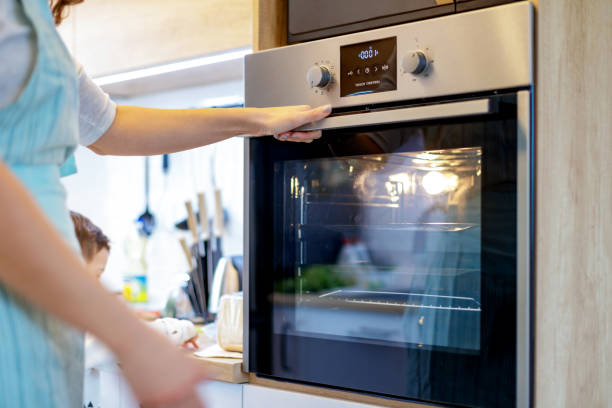
Chemical Contamination and Health Risks
Beyond fire hazards, heating cardboard can also lead to dangerous chemical contamination of food that poses health risks. Cardboard is treated with a variety of chemicals during processing, including:
- Fire retardants
- Dyes and inks
- Adhesives
- Bleaching agents
- Fungicides
When exposed to high heat, these chemicals can vaporize or leach into nearby food. Consuming food contaminated by chemicals from heated cardboard may cause:
- Respiratory irritation – Breathing in fumes from chemicals released by burning cardboard.
- Carcinogens – Cancer-causing substances like formaldehyde.
- Toxicity – Poisoning from ingesting harmful chemicals that leached into food.
- Allergic reactions – Sensitivity to dyes, adhesives, preservatives, fungicides, etc.
Heating cardboard also produces furans and dioxins – highly toxic chemicals formed by burning treated paper products. Studies have linked exposure to furans and dioxins with cancer, reproductive harm, and immune system damage.
Debunking Myths About Cardboard in Ovens
Despite the dangers, some people continue using cardboard in ovens due to misconceptions that the practice is safe:
Myth 1: I’ve used it before with no issues
Reality: Lack of visible issues does not mean safety. Fires or contamination may not occur every time, but the risks are still present each use. Cardboard has little tolerance for oven temperatures before ignition. Past safe instances do not remove the hazard.
Myth 2: I only use it for a short time under low heat
Reality: Cardboard ignites rapidly – even brief exposure is unsafe. Cardboard can ignite within seconds of entering a hot oven. Even low temperatures under 300°F can still lead to ignition if directly touching heating elements. There is no guaranteed “safe” time limit.
Myth 3: It looks dirty, but won’t actually contaminate the food
Reality: Chemicals will leach into food when cardboard is heated. The chemicals are invisible, so contamination occurs even though the cardboard looks visibly clean. Toxins vaporize at high heat and absorb into foods. Never assume cardboard is safe for oven use.
Myth 4: The fire risk is low if I watch it closely
Reality: Fires can start rapidly and overwhelm before being noticed. Oven fires spread incredibly quickly. The moments it takes to notice and react are often too long to prevent flames and smoke from developing. Close monitoring does not guarantee reaction time.
Do not let these myths convince you that any use of cardboard in ovens is safe – it undoubtedly poses serious risks each time.
Safe Cooking Practices
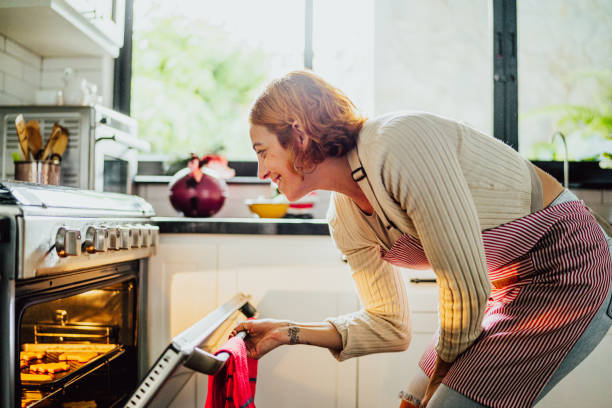
Safe Cooking Practices
To fully avoid the hazards of using cardboard as improvised ovenware, utilize the following safe cooking practices:
- Purchase oven-safe pans – Use metal, glass, or ceramic pans specifically rated for your oven’s highest temperature. Avoid makeshift materials.
- Double up baking sheets – Place two stacked sheets under food rather than cardboard for easier removal.
- Use parchment paper – Line pans with parchment paper instead of cardboard for easy release of baked foods.
- Monitor oven closely – Stay near the oven when cooking and watch for signs of smoke or fire.
- Keep fire extinguisher accessible – Have a fire extinguisher on hand in case of emergency.
- Check food packaging – Never use product boxes or cardboard packaging in the oven.
- Supervise children – Do not allow children to use cardboard for crafts or play oven activities. Provide oven-safe containers instead.
Expert and Regulatory Insights on Oven Cardboard Risks
Fire safety organizations, scientists, and government agencies warn against the dangers of using cardboard in oven cooking:
- “The flammability level of cardboard is so high that it should never be used or stored near an oven or other heat source,” – International Association of Fire Fighters
- “Food packaging and shipping boxes pose ignition and chemical contamination hazards when exposed to oven temperatures,” – Dr. Olivier Deschamps, chemist, Food Packaging Forum
- “Allowing children to use cardboard in toy ovens promotes unsafe fire play and risks tragedy,” – National Fire Protection Association
- U.S. Food and Drug Administration food code prohibits untreated cardboard from being used for cooked foods, due to risks of contamination
The consensus among experts in fire safety, food science, regulation, and health is that cardboard has absolutely no safe use inside hot ovens.
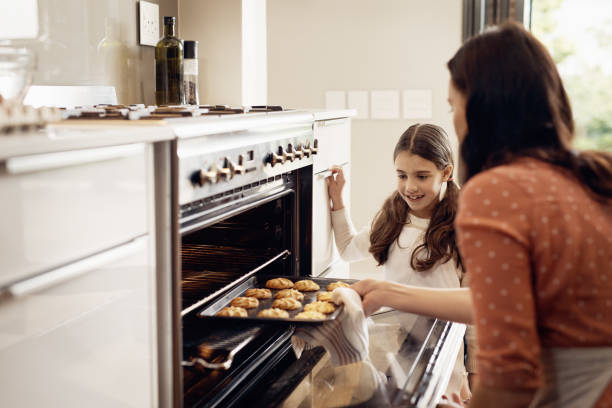
Expert and Regulatory Insights on Oven Cardboard Risks
Conclusion: How Many White Claws to Get Drunk
Cardboard is a highly combustible material that should never be used for any cooking, baking, or food preparation in an oven under any circumstances. The fire and burn risks are severe, and chemical contamination poses major health dangers. Avoid any temptation to improvise with cardboard as substitute ovenware due to the lack of proper equipment. Prevent injuries and damage by using only oven-safe cookware and keeping diligent supervision over children. There are no justifiable reasons to overlook the manifold dangers of putting cardboard in ovens.

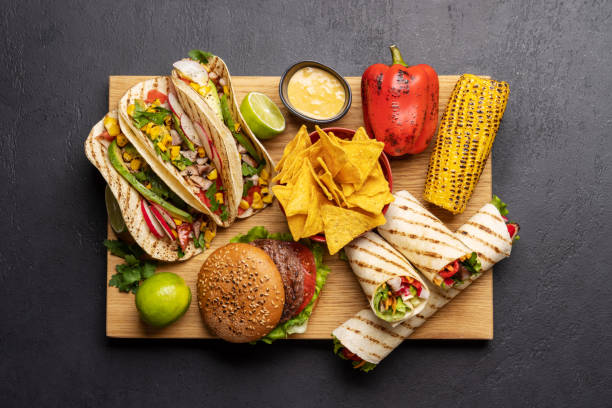
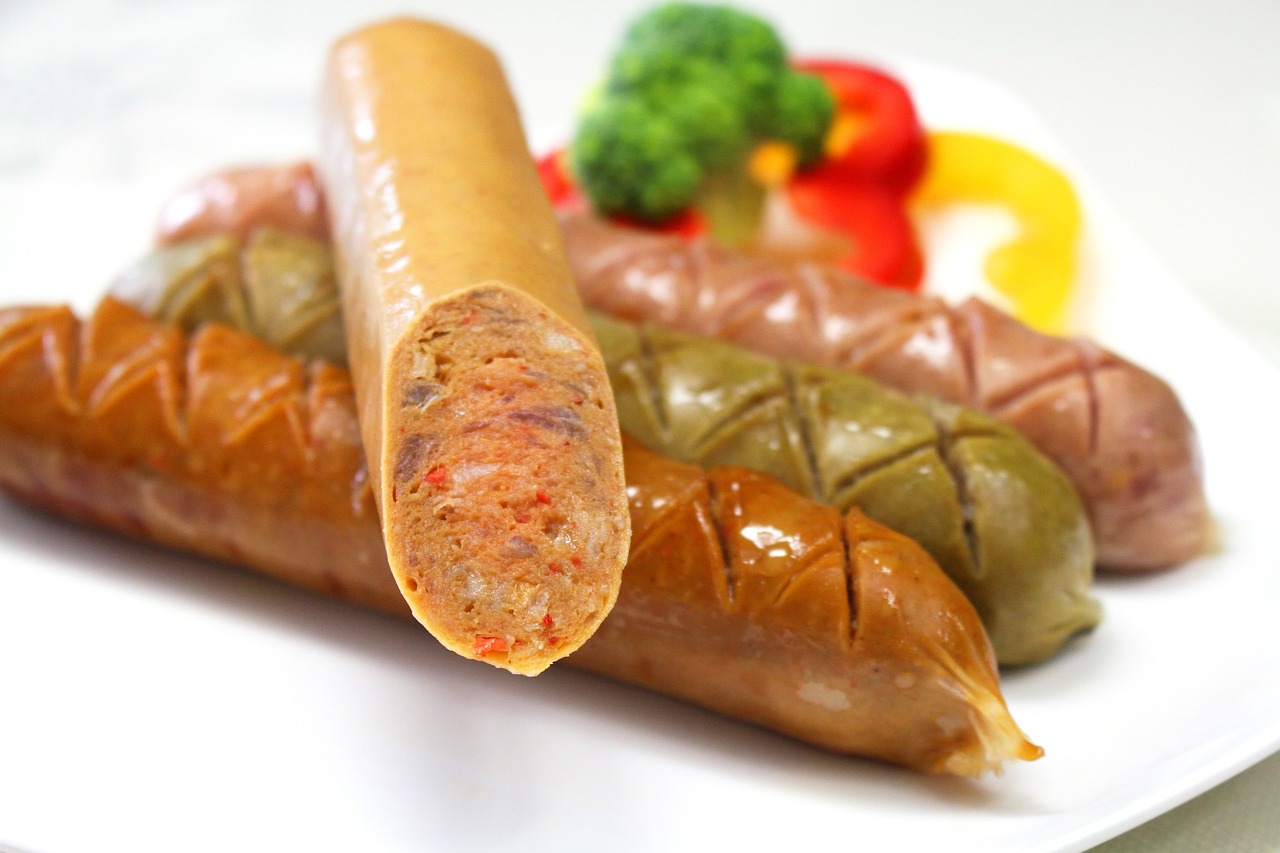
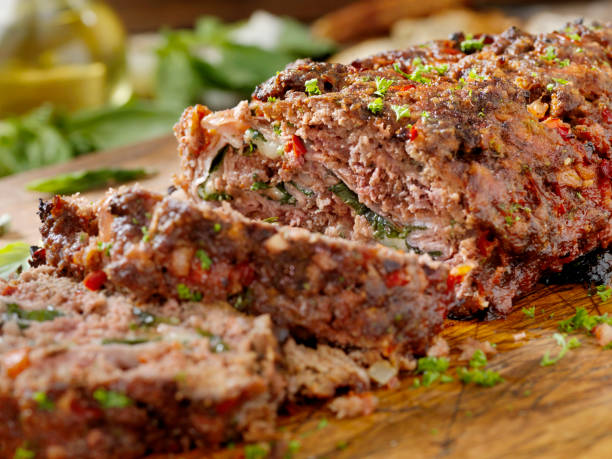

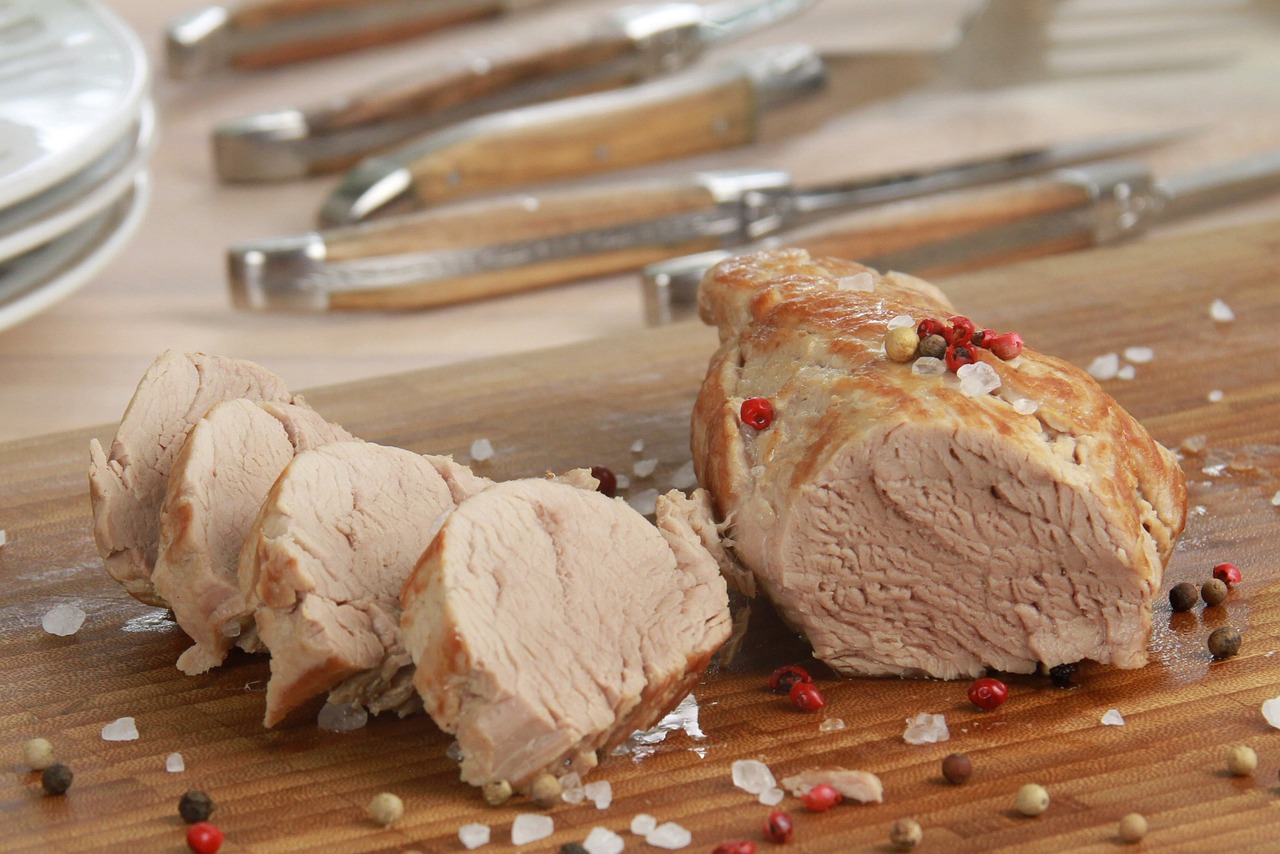
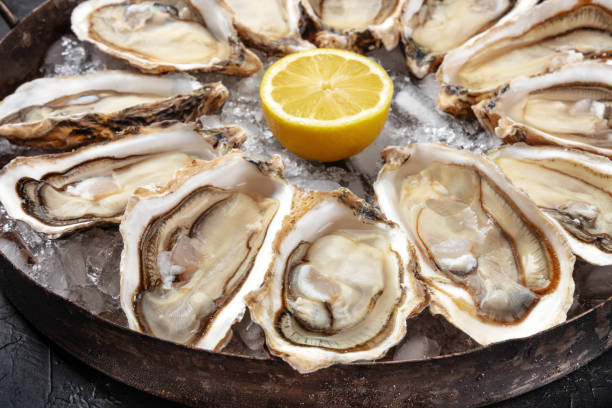
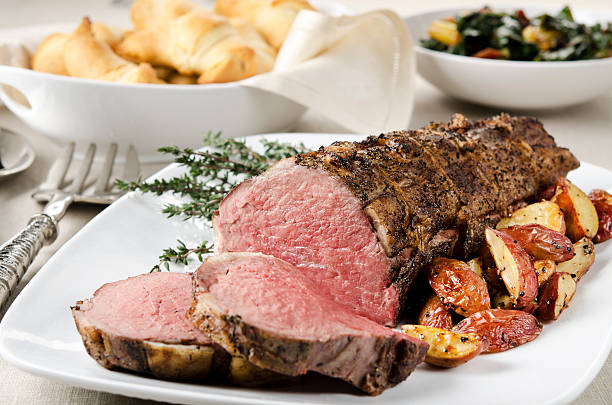
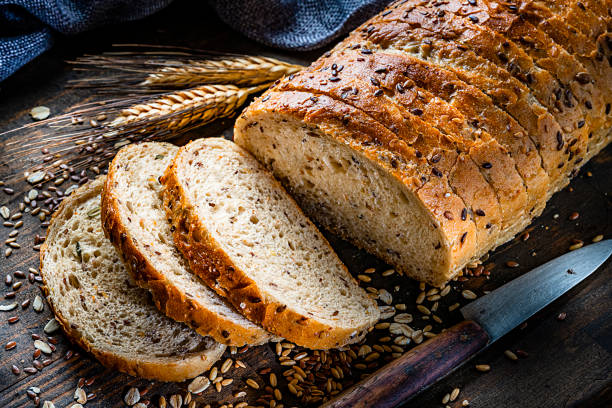
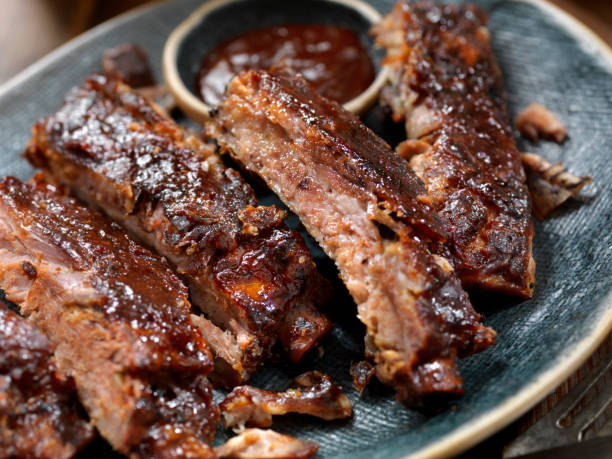
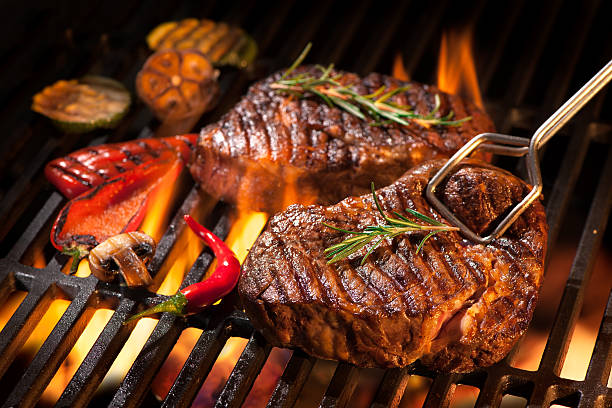
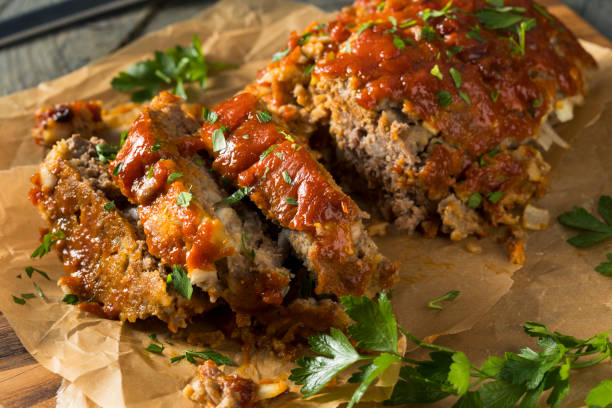
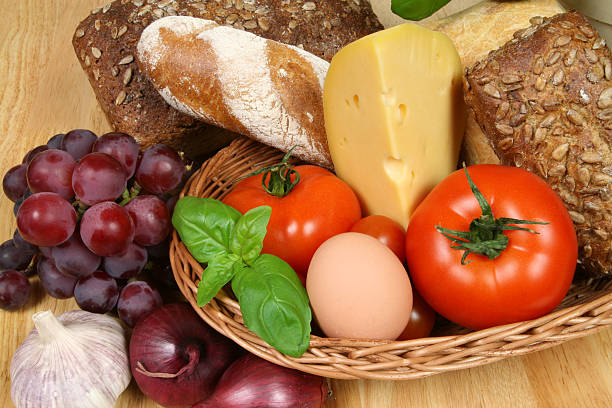

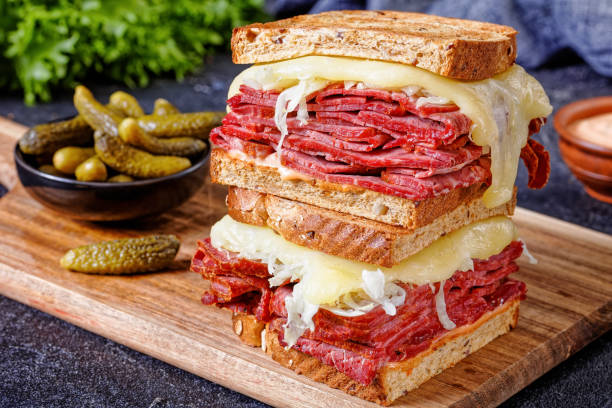
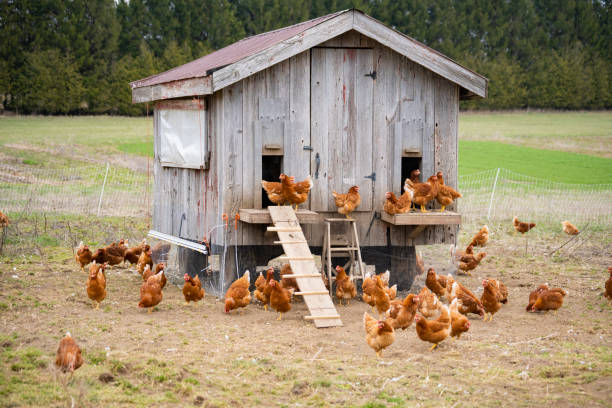
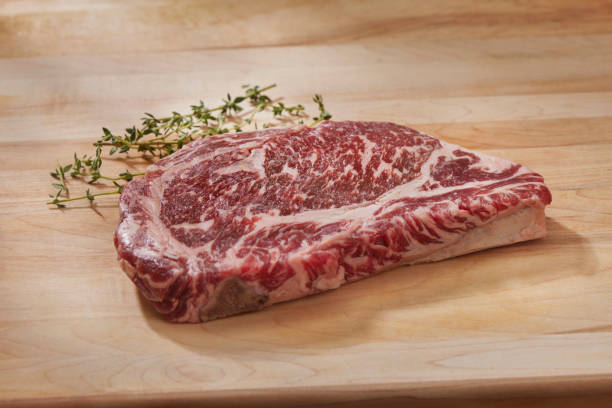

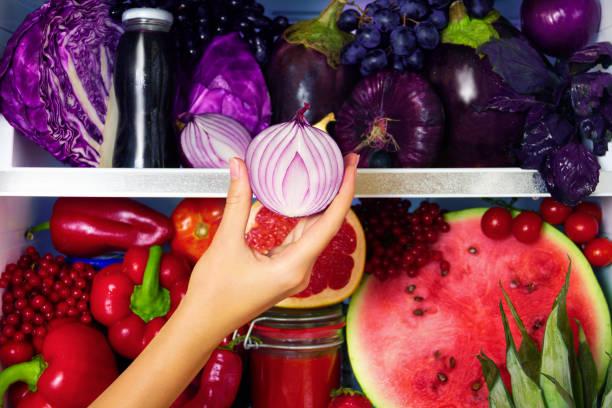
![America’s Best Wings Menu With Prices | Guides [Update 2023] America’s Best Wings Menu With Prices | Guides [Update 2023]](https://thesuntrapp.com/wp-content/uploads/2023/11/Screenshot-2023-11-16-020808.png)
